Evin’s Story
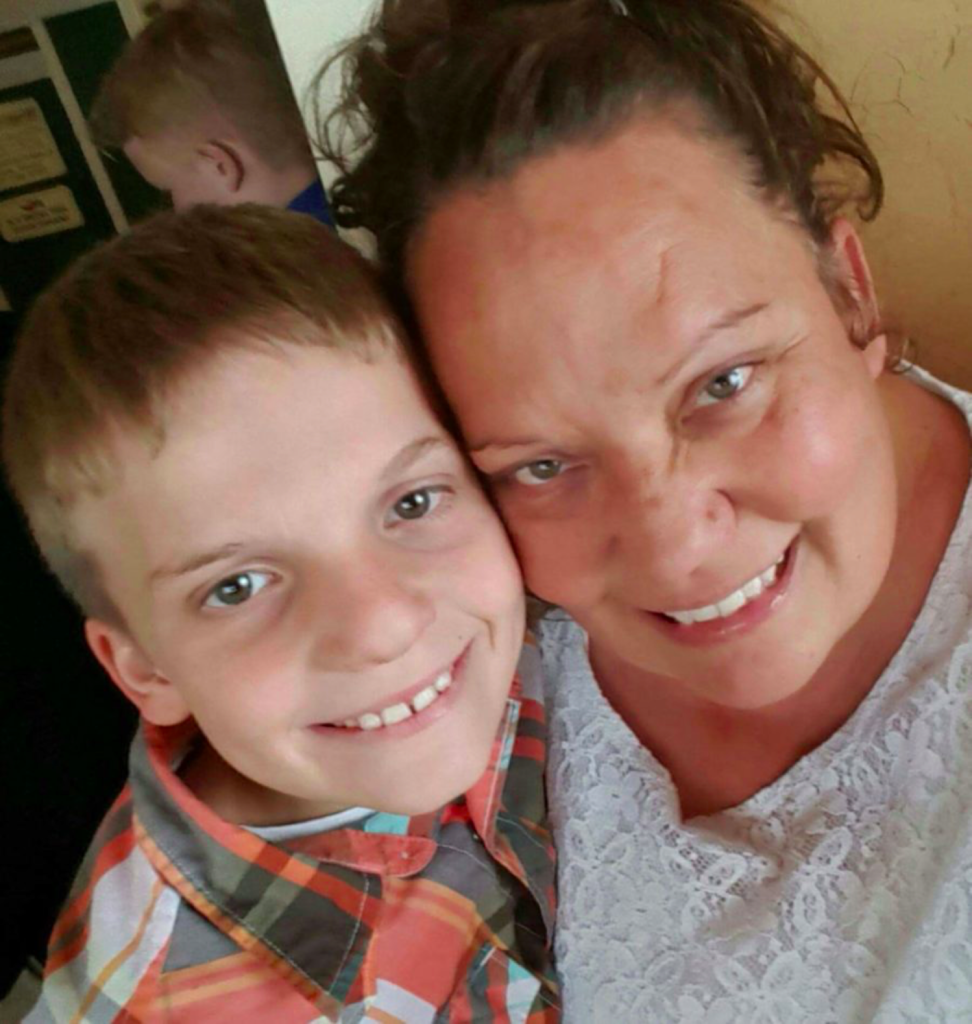
In December of 2016 our eleven year old son was diagnosed with Hypophosphatasia (HPP). I could not even say the name correctly at first, let alone understand what it meant. Being part of the medical field myself (I am an RN) I had never heard of such a disease. But, once I began to research and learn more about HPP, so many issues he has suffered with since infancy now make sense.
Evin’s road to a diagnosis began in July of 2016, according to the medical community. As his parents, we knew something was the cause of so many symptoms and issues that he had had for years, we just didn’t know what it was. He had symptoms of repeated respiratory illness and distress (RSV, pneumonia, croup, bronchitis) since 5 weeks of age. Today, we still have bouts of croup. He had horrendous reflux. He started out at 10lbs birth weight, but did not stay in that 95th percentile for long. He was never classified as failure to thrive, but we always struggled to keep him above the 20th percentile in weight. It was always worrisome to get him to eat, and even now, we struggle with weight gain. He drinks 2-3 Pediasure nutritional supplements along with his limited diet daily. He eats at each meal his preferred food; it is just difficult for him to gain weight. Today, he hovers around the 10th percentile in weight. Did I mention he has sensory issues? This explains some of his extremely limited diet. He was diagnosed with developmental delays at age three. Today, he struggles to keep up in his regular classroom with his typical peers. He has ADHD.
At approximately six years of age my husband and I noticed something peculiar about Evin’s feet. One summer day we were sitting outside and watching Evin play in the water. He was running around barefoot and with shorts on. I told my husband that Evin’s feet looked so different….they seemed to have changed shape since the summer before when he had run barefoot and had shorts on….they were flattening out and turning somewhat pigeon toed. We made an appointment with his pediatrician who referred him to an ortho doctor. In addition he had been complaining for several years that he could not stand for long periods of time and subsequently while standing, he would just sit. This seemed to occur more when he was standing still, such as in a line. It did not seem to bother him if he was moving, just standing still. We chalked that up to him simply not wanting to be still….not that there was an issue.

The pediatric orthopedist we were referred to assessed Evin and determined that Evin simply had flat feet, that we had just forgotten how flat his feet were from one summer to the next, and that there was nothing to be done about it. He had no comment regarding Evin’s pain in his legs and feet and that he could not stand for very long. We left the appointment feeling as if we had wasted time and money…and even considered that we were “those over-reactive parents”.
Fast forward four years to summer 2015. Evin was still complaining of pain in his legs and feet, mostly with standing still. I can remember standing in amusement park lines and having my 10yr old son sitting on the ground while we waited in line…he kept saying “my legs hurt” or “my legs are sooooo tired”.
I had a scheduled podiatrist appointment for my daughter who was having foot pain and had brought Evin with us. That doctor concluded that Grace’s arch was changing and that it typically ran in families. He asked if we had other children. I pointed to Evin and he asked if he could examine Evin’s feet. His face told me there were problems. He concluded that yes, Evin had extremely flat feet, but that because they had not been “corrected” with orthotics, some of his joints were no longer moveable and were fixed. He told us this could only be fixed by surgery.
Not wanting to put our son through a surgical procedure unnecessarily, we requested a second opinion from a different doctor. That doctor had the same opinion. So we scheduled his flat foot repair in July of 2016. They were going to begin with his left foot first, because it was the worse of the two.
During the surgery the surgeon was very shocked to find Evin’s heel bone to be extremely soft. He told us that when he began to cut through the bone it was “like taking a butter knife through butter that had been left sitting on a counter”. He also stated that when he placed a bone graft with the pins to hold it in place, the force of the pins caused the heel to begin to crumble from the pressure. He had to quickly remove the pins to avoid further destruction of his heel bone. He then had to finish the surgical procedure using a different method than he had planned.



Evin’s healing process was slow and complicated. He began to see an orthopedic doctor, an endocrinologist, and also a neurologist. He began to be weight bearing at 8 weeks, but the more he bore weight the farther outward his entire leg turned. He went through 16 weeks of PT. Today his leg is not completely facing a neutral position, but it is much better than before. He walks with an awkward gait.
The endocrinologist he was referred to made the diagnosis of Hypophosphatsia after numerous scans, labs, and tests. However, after diagnosing him, we discovered he did not have a lot of knowledge about HPP. He also has a “wait and see approach”. According to him, because Evin has not yet broken bones; he is not a candidate for the enzyme treatment, Strensiq™. He feels that when Evin begins to break bones we can then begin the process of getting approved for Strensiq™.
We are not comfortable with this approach. Evin’s bones have already changed shape. The endo agreed with us that the changes we noticed in Evin’s feet several years ago were more than likely due to HPP. His heel was discovered to be soft and crumbled with pressure. His pertinent labs indicate hypophosphatsia with very low ALP, and elevated B6. We feel he would benefit to be considered for treatment with Strensiq™ now. Therefore we are in the process of seeking medical advice from another pediatric endocrinologist. There are so few doctors that know about and understand or are willing to learn about HPP, we have found. Our journey is new, but it will never be over. We are thankful to have found the Soft Bones group, for they have been a large source of education for us.


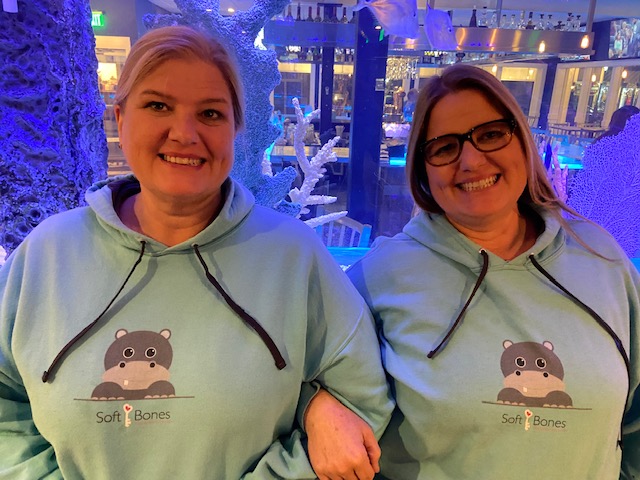

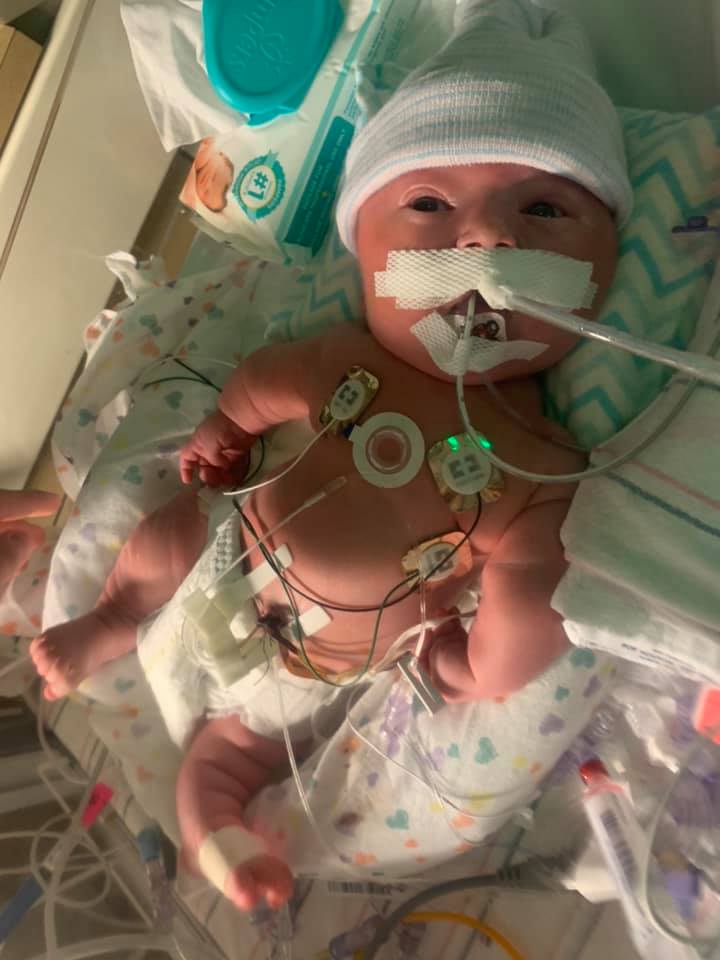
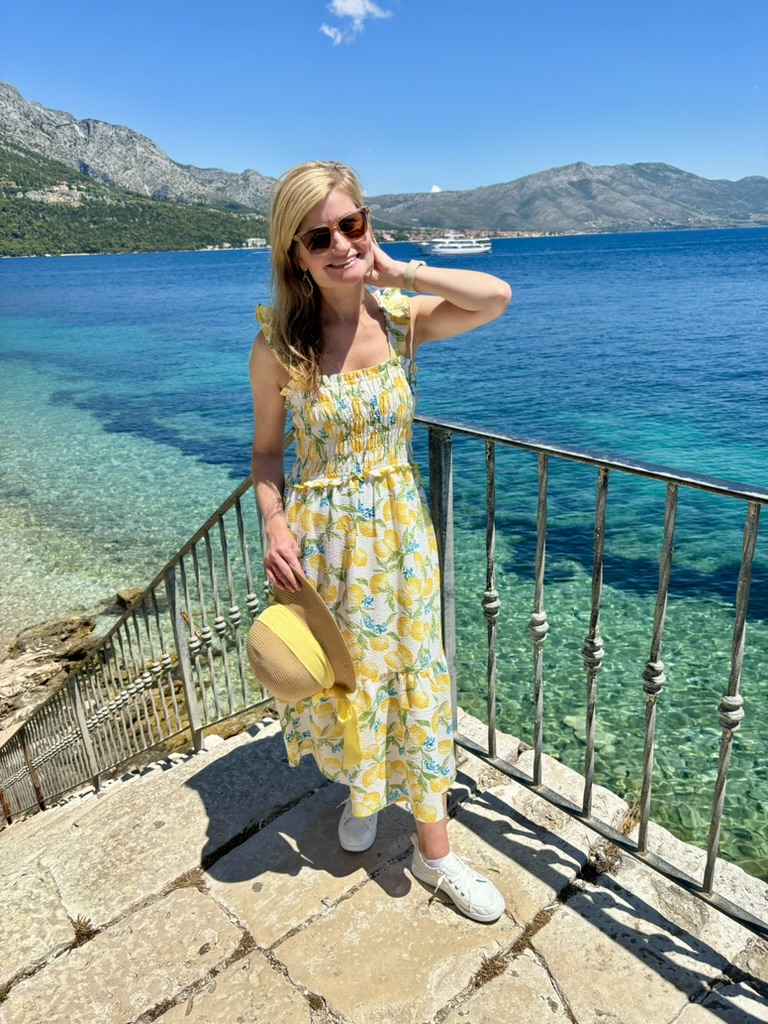
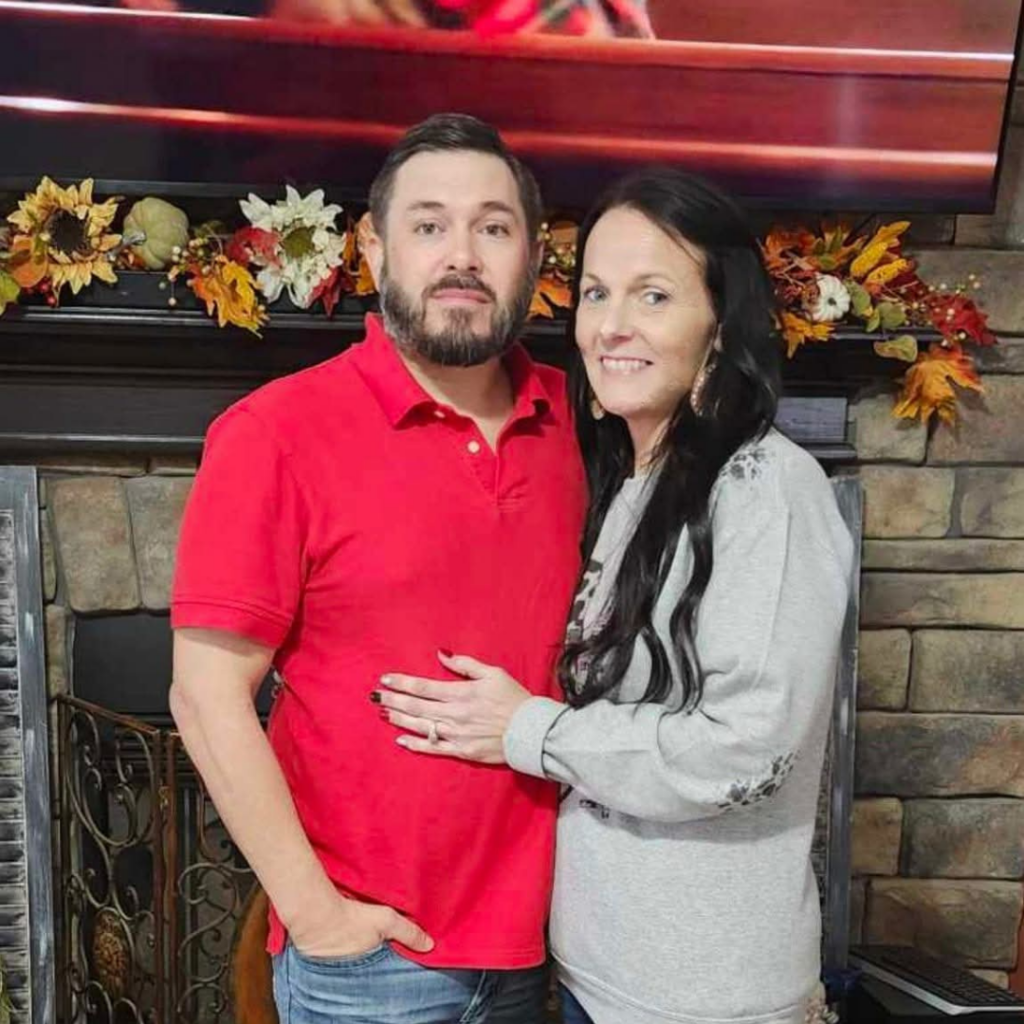

Responses